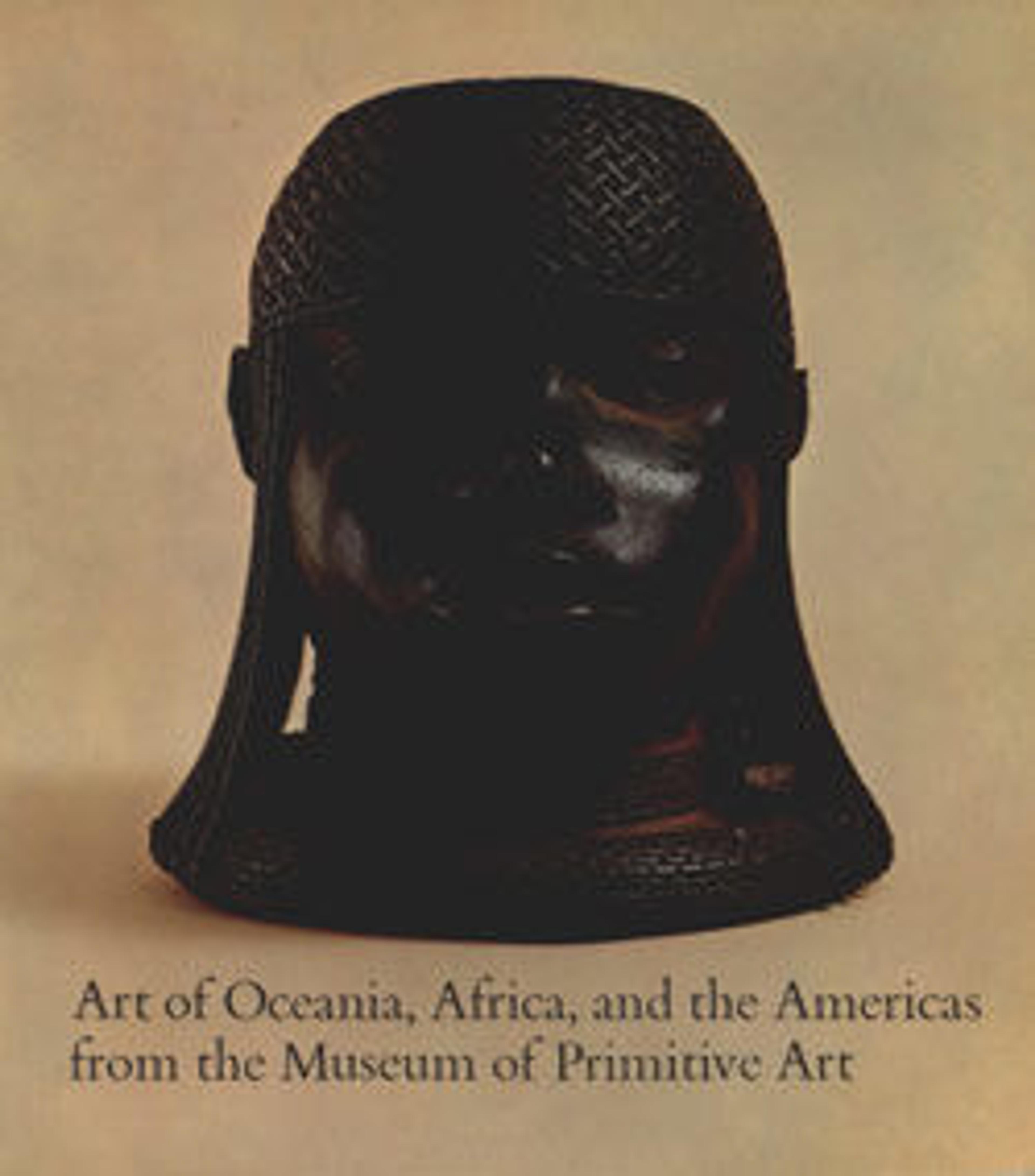Kifwebe (mask)
Kifwebe masquerades featured prominently at various Luba and Songye ceremonial and celebratory events including initiations, the deaths of chiefs, communal work efforts, and new moon rites. In those contexts, kifwebe functioned as a regulatory body, enforcing obedience to royal hierarchies. The masks were conceived as extraordinary beings imbued with human, animal, and spiritual attributes. These associations are visually manifested through this work’s human facial features, zebra or bushbuck stripes, and rounded, full-moon form. In performance, these spectacular creatures might confront spectators, blow smoke through the openings in the mask, and emit unusual sounds. These astounding displays of magical power simultaneously excited and instilled fear in the audience.
Artwork Details
- Title:Kifwebe (mask)
- Artist:Luba artist
- Date:19th–first half of 20th century
- Geography:Democratic Republic of the Congo
- Culture:Luba peoples
- Medium:Wood, pigment
- Dimensions:H. 14 × W. 13 1/2 × D. 7 1/4 in. (35.6 × 34.3 × 18.4 cm)
- Classification:Wood-Sculpture
- Credit Line:The Michael C. Rockefeller Memorial Collection, Bequest of Nelson A. Rockefeller, 1979
- Object Number:1979.206.5
- Curatorial Department: The Michael C. Rockefeller Wing
More Artwork
Research Resources
The Met provides unparalleled resources for research and welcomes an international community of students and scholars. The Met's Open Access API is where creators and researchers can connect to the The Met collection. Open Access data and public domain images are available for unrestricted commercial and noncommercial use without permission or fee.
To request images under copyright and other restrictions, please use this Image Request form.
Feedback
We continue to research and examine historical and cultural context for objects in The Met collection. If you have comments or questions about this object record, please contact us using the form below. The Museum looks forward to receiving your comments.
